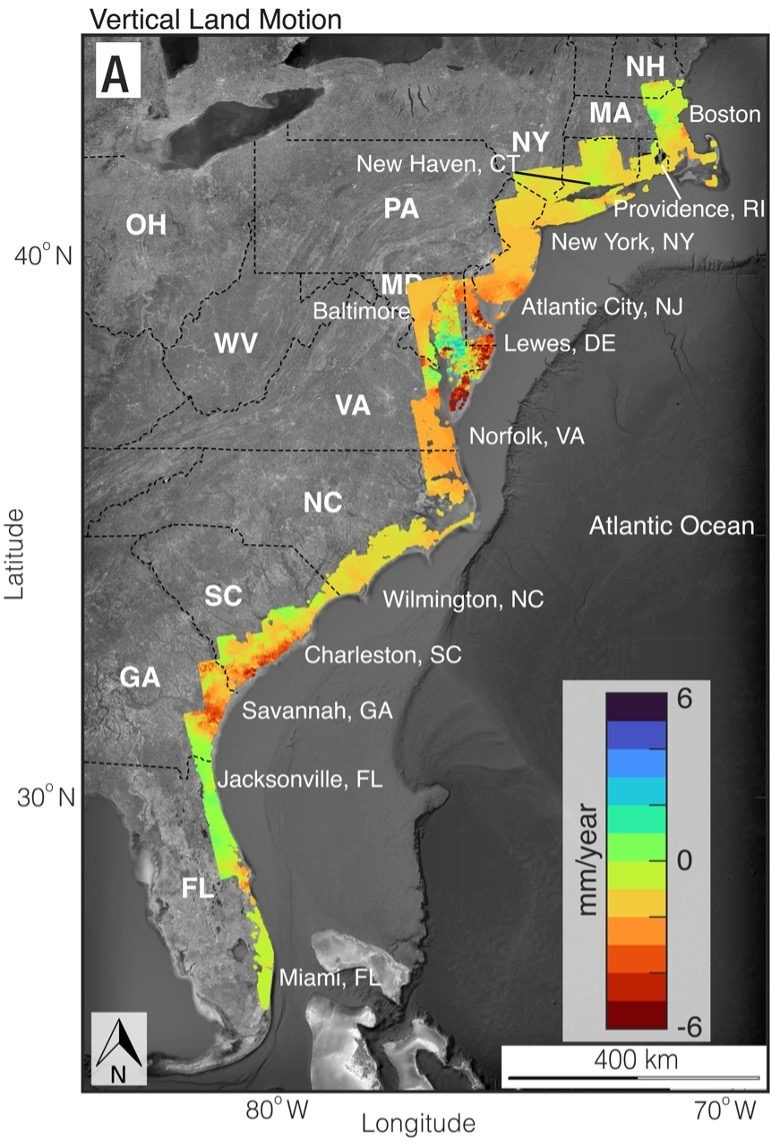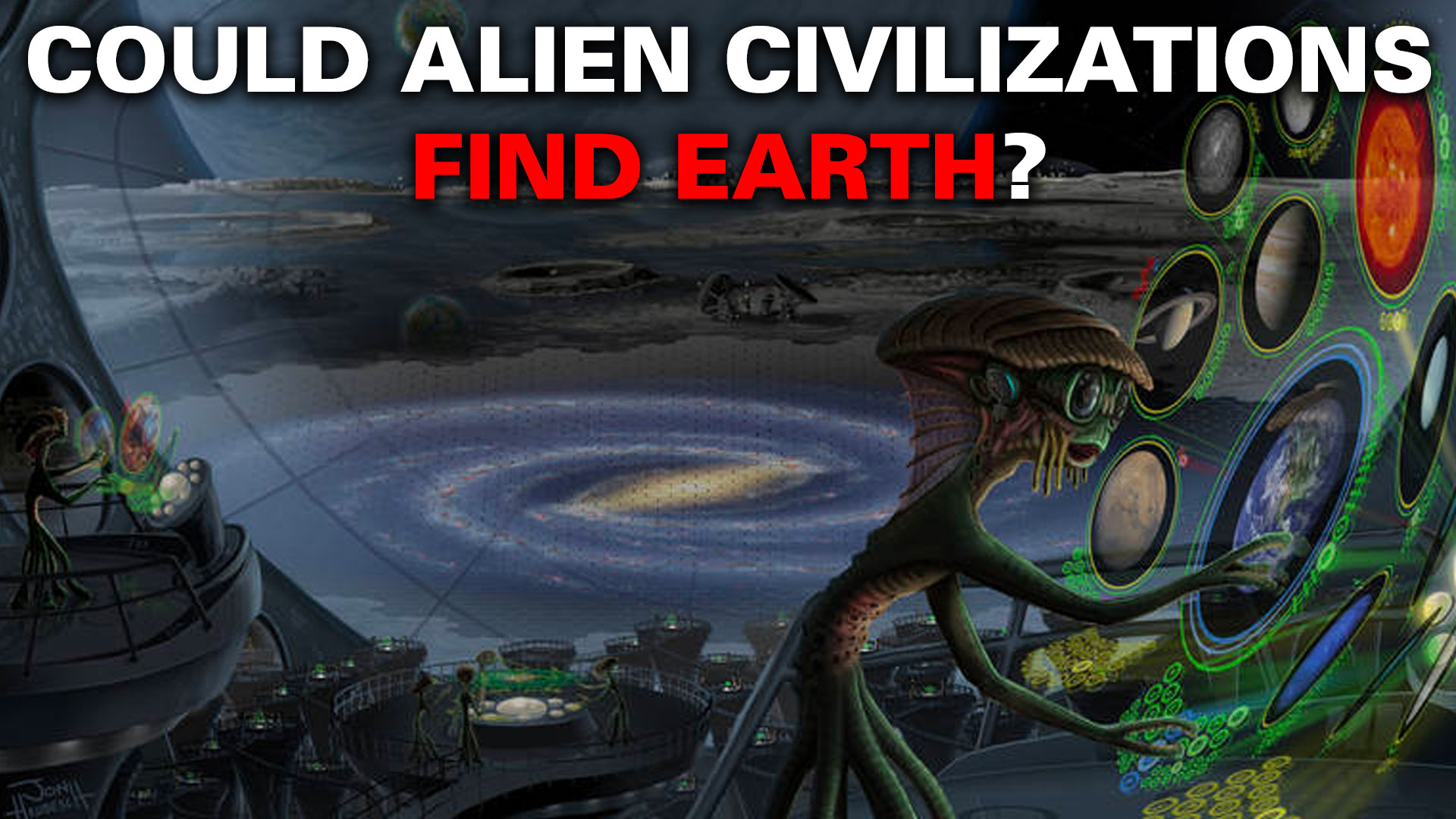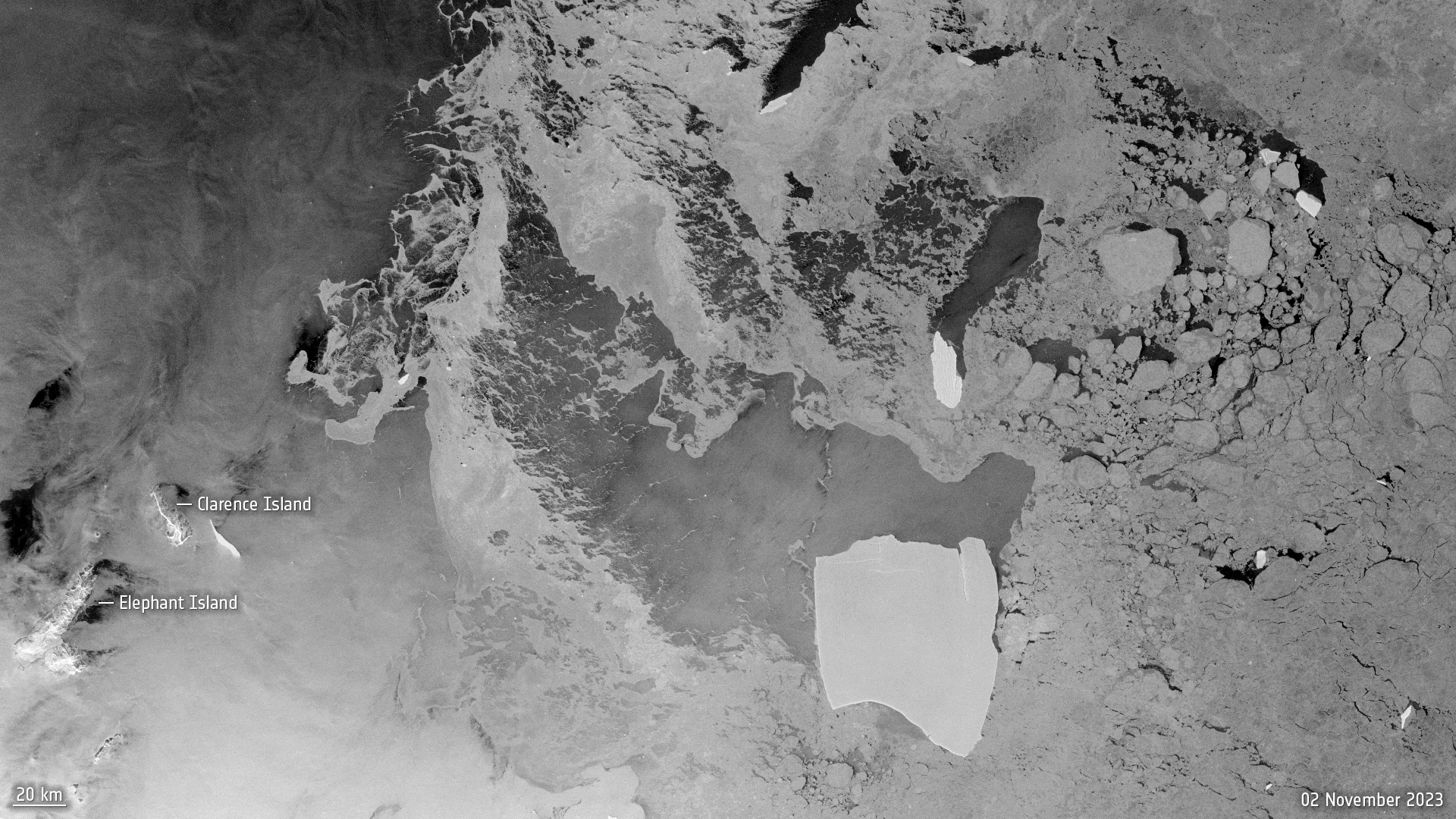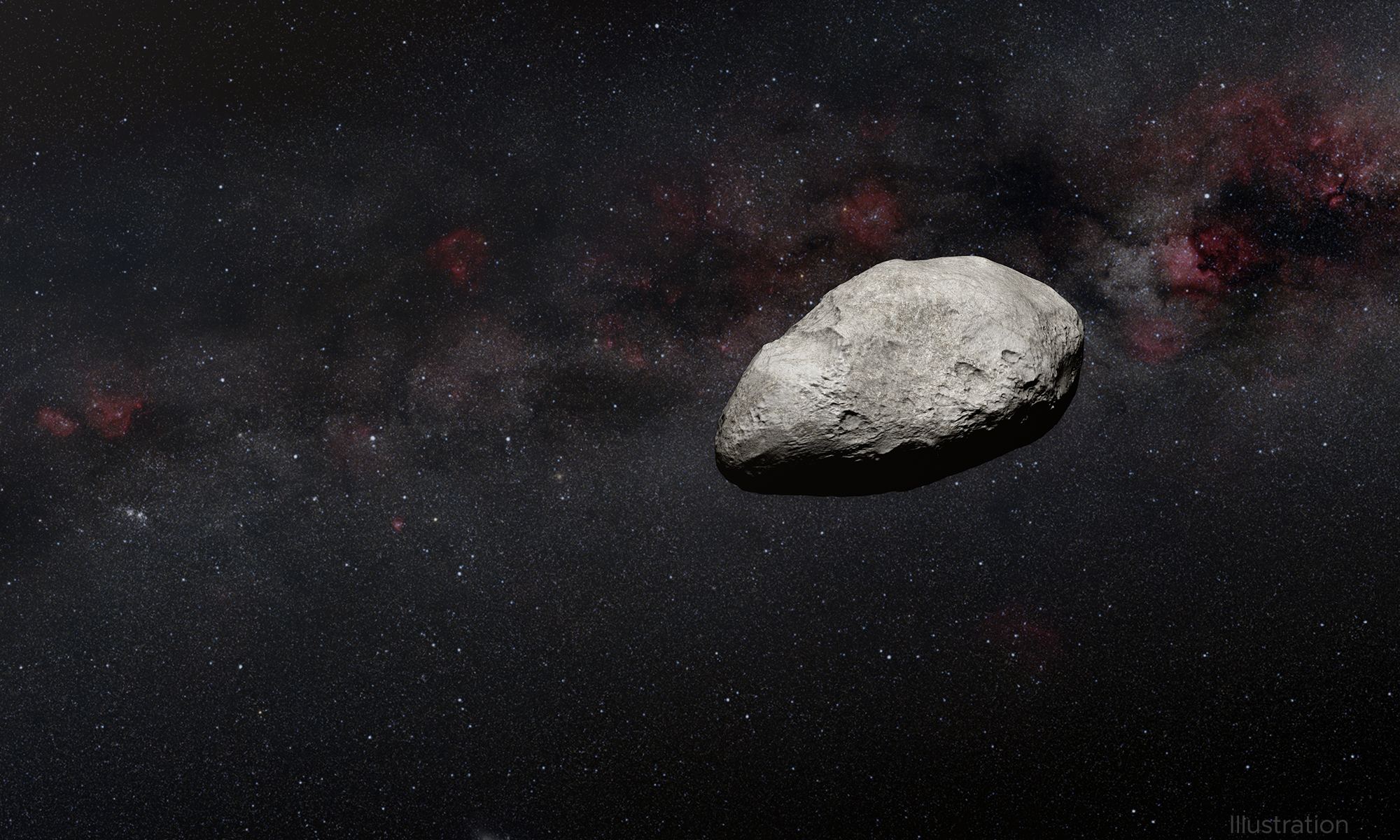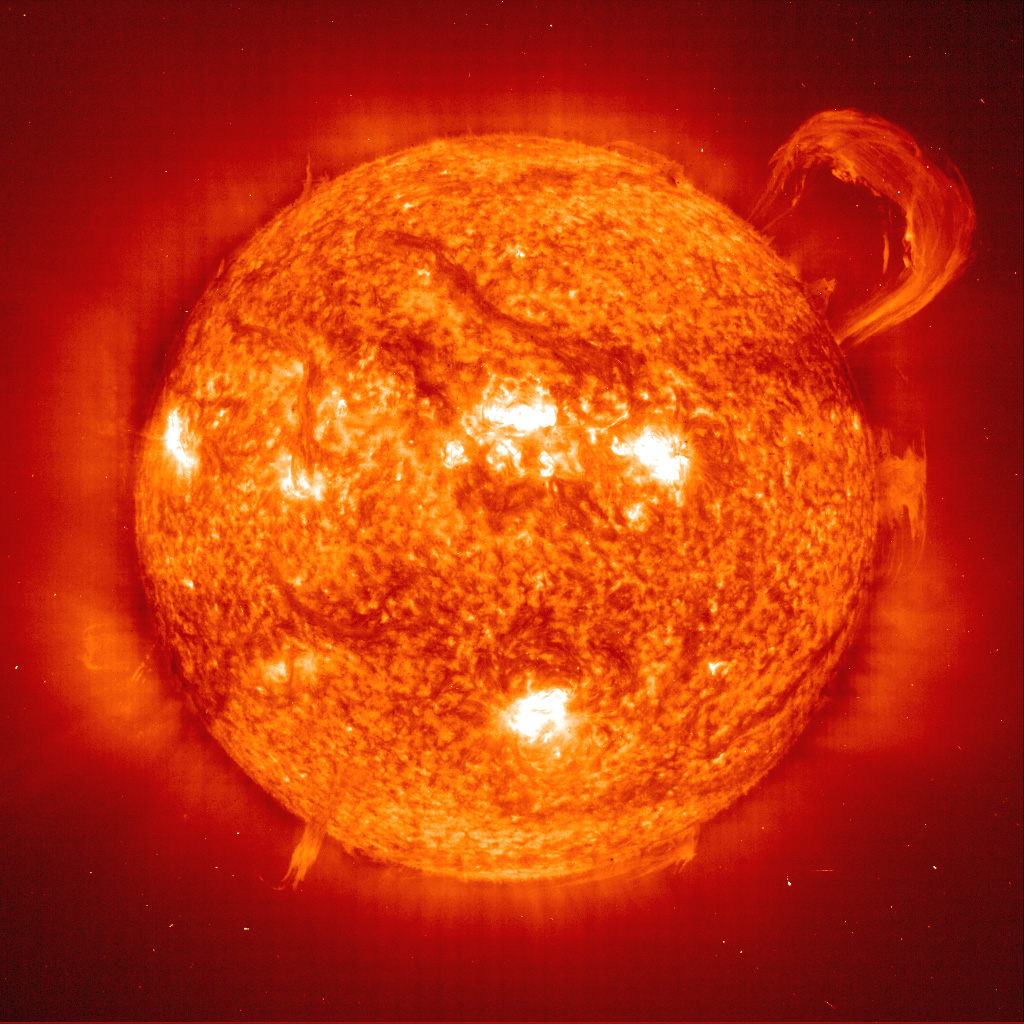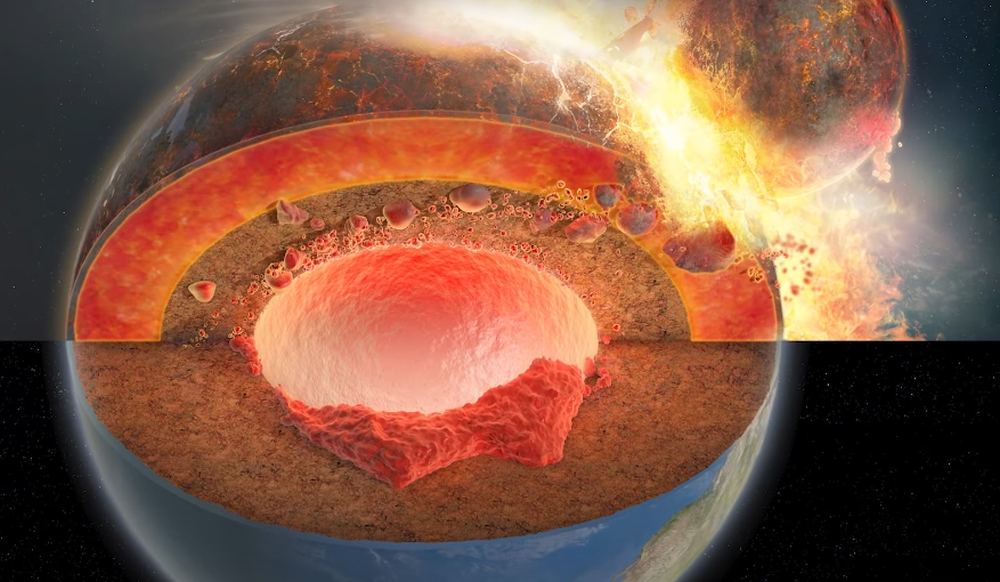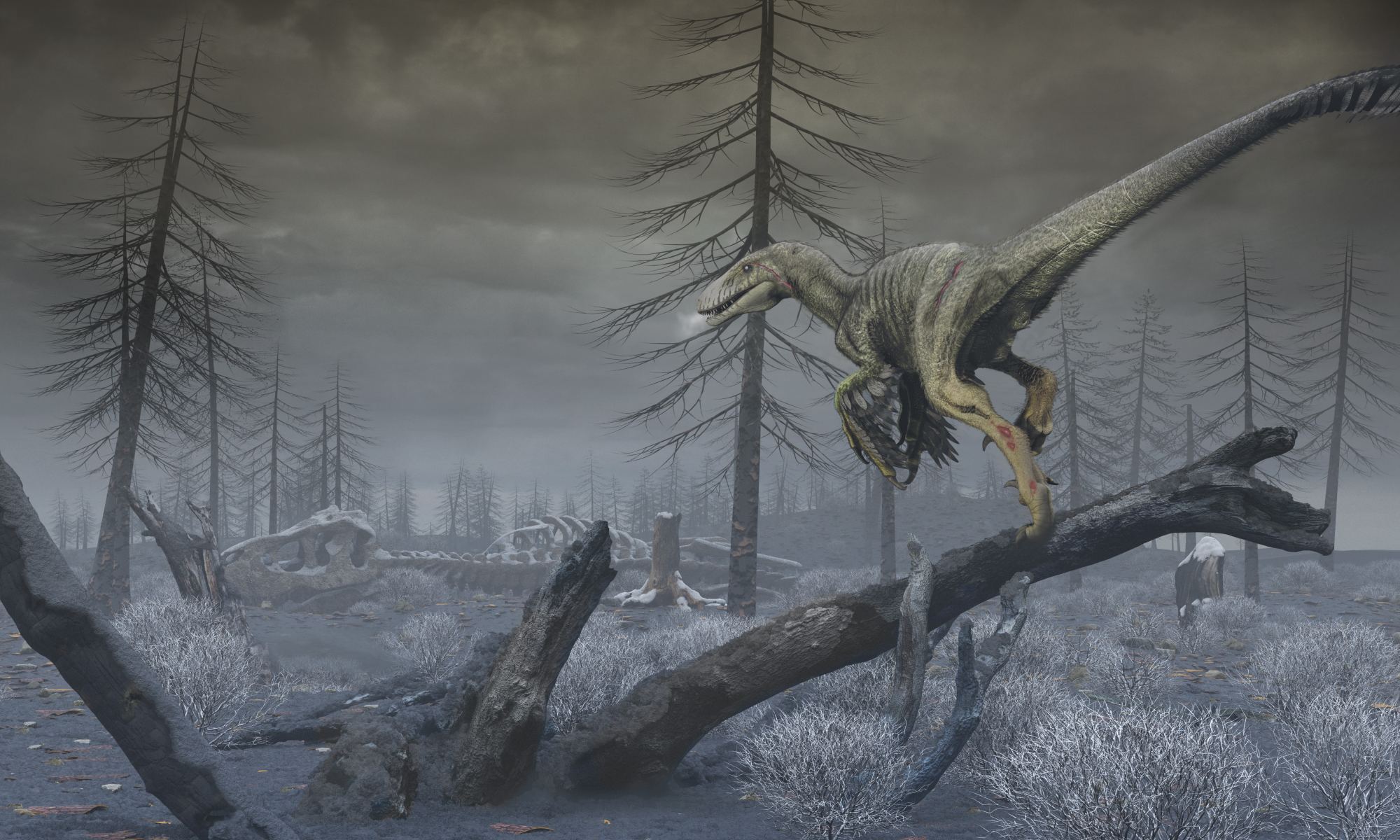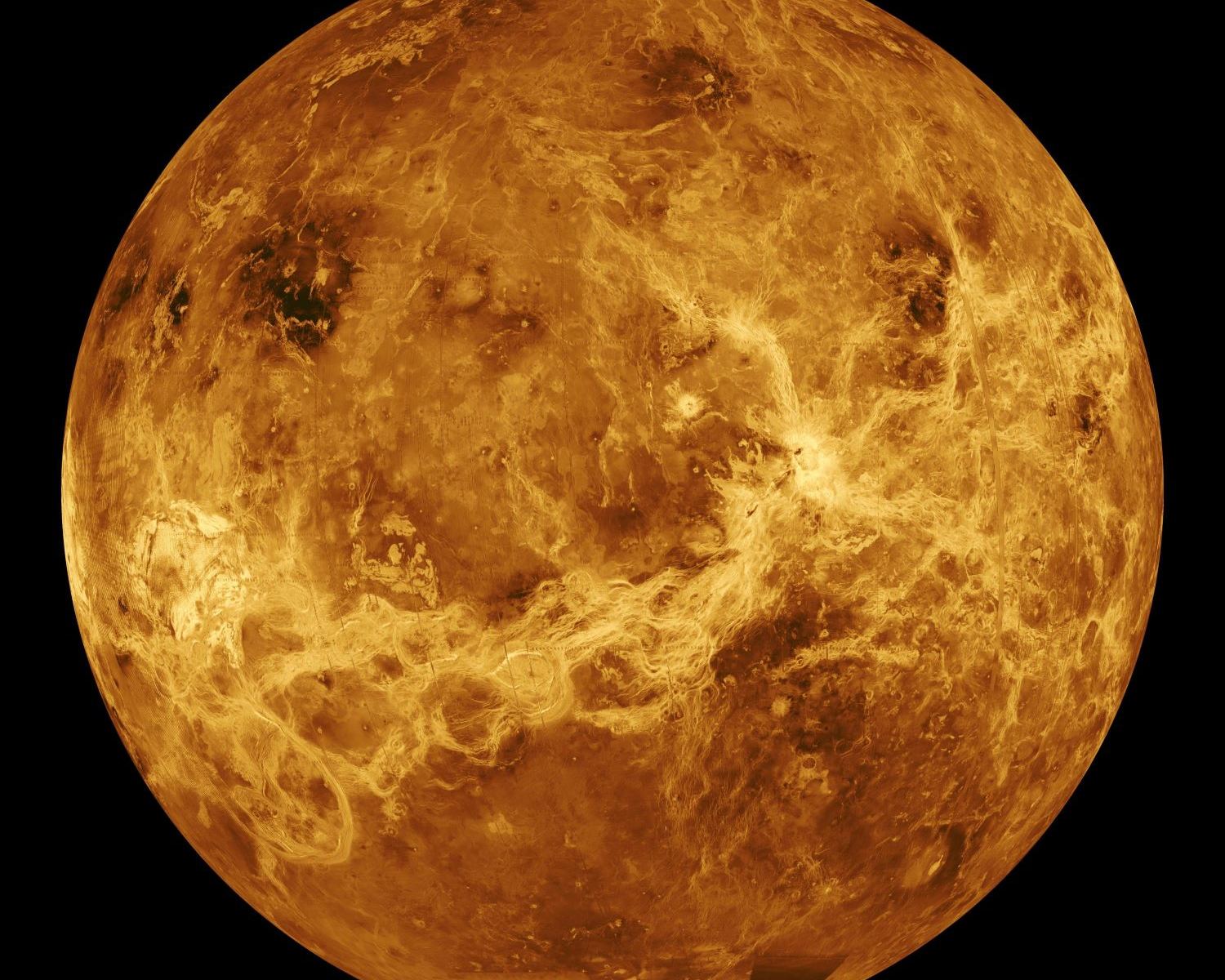Based on satellite imagery, geologists have determined major cities on the U.S. Atlantic coast are sinking, some areas as much as 2 to 5 millimeters (.08-0.2 inches) per year. Called subsidence, this sinking of land is happening at a faster rate than was estimated just a year ago. In a new paper published in the Proceedings of the National Academies of Sciences, researchers say their analysis has far-reaching implications for community and infrastructure resilience planning, particularly for roadways, airport runways, building foundations, rail lines, and pipelines.
Continue reading “Satellite Data Shows US East Coast is Sinking”Satellite Data Shows US East Coast is Sinking
